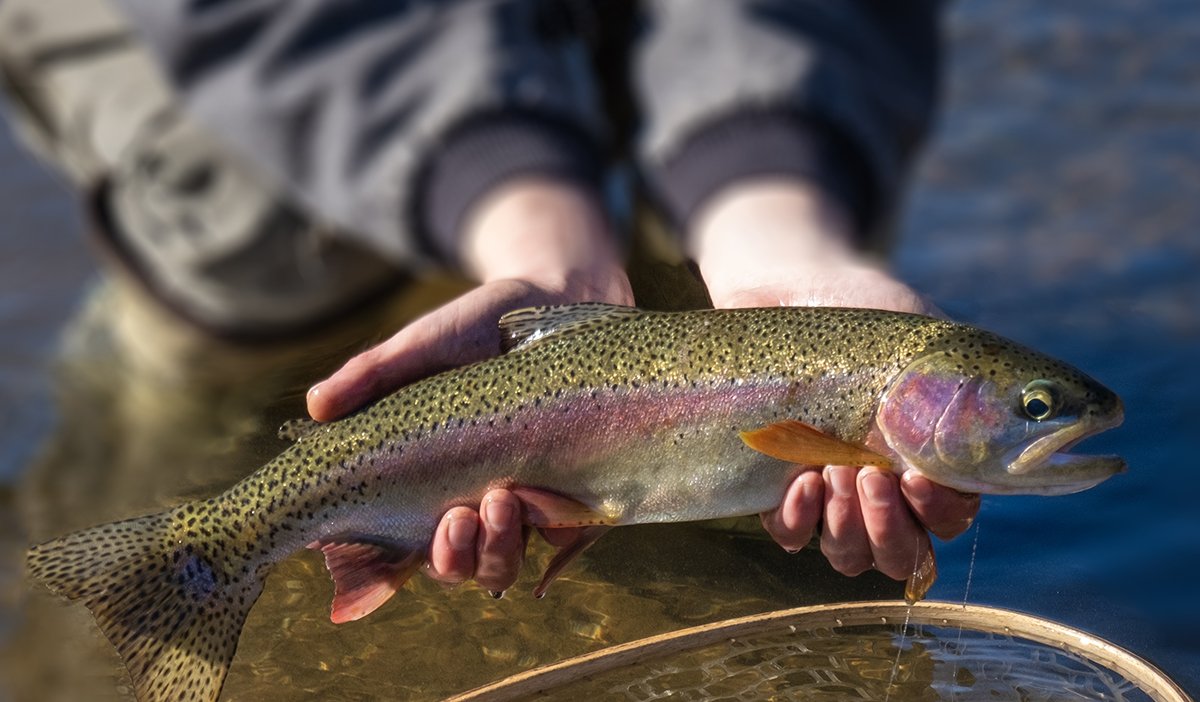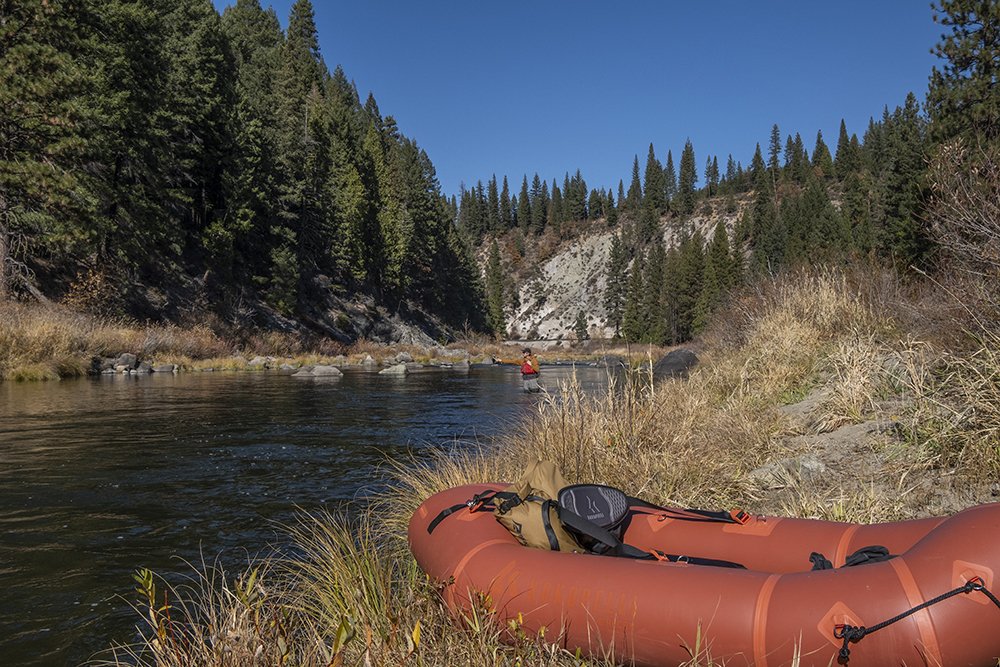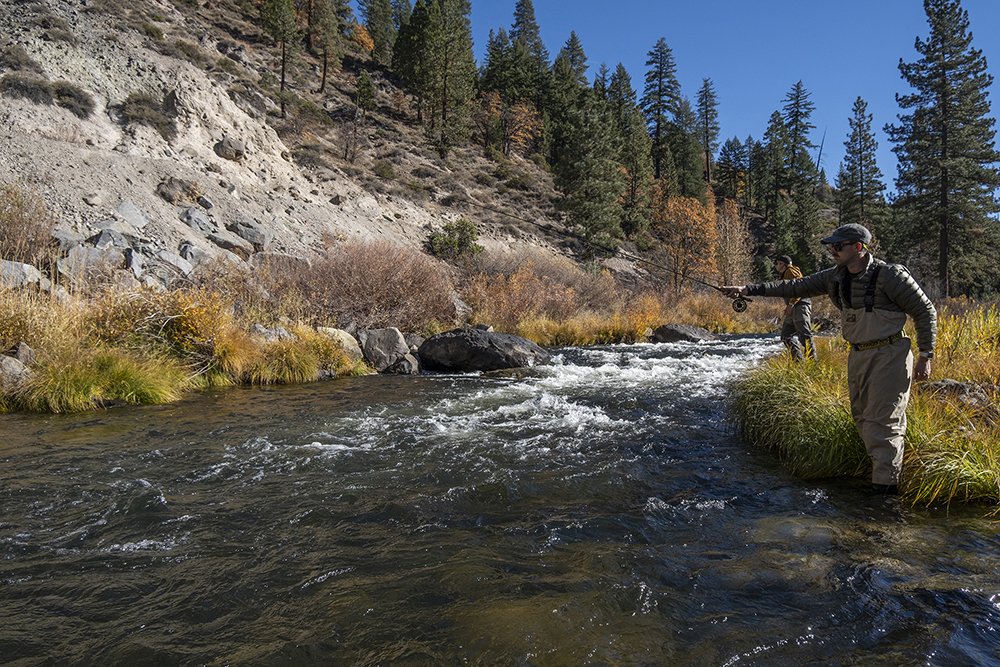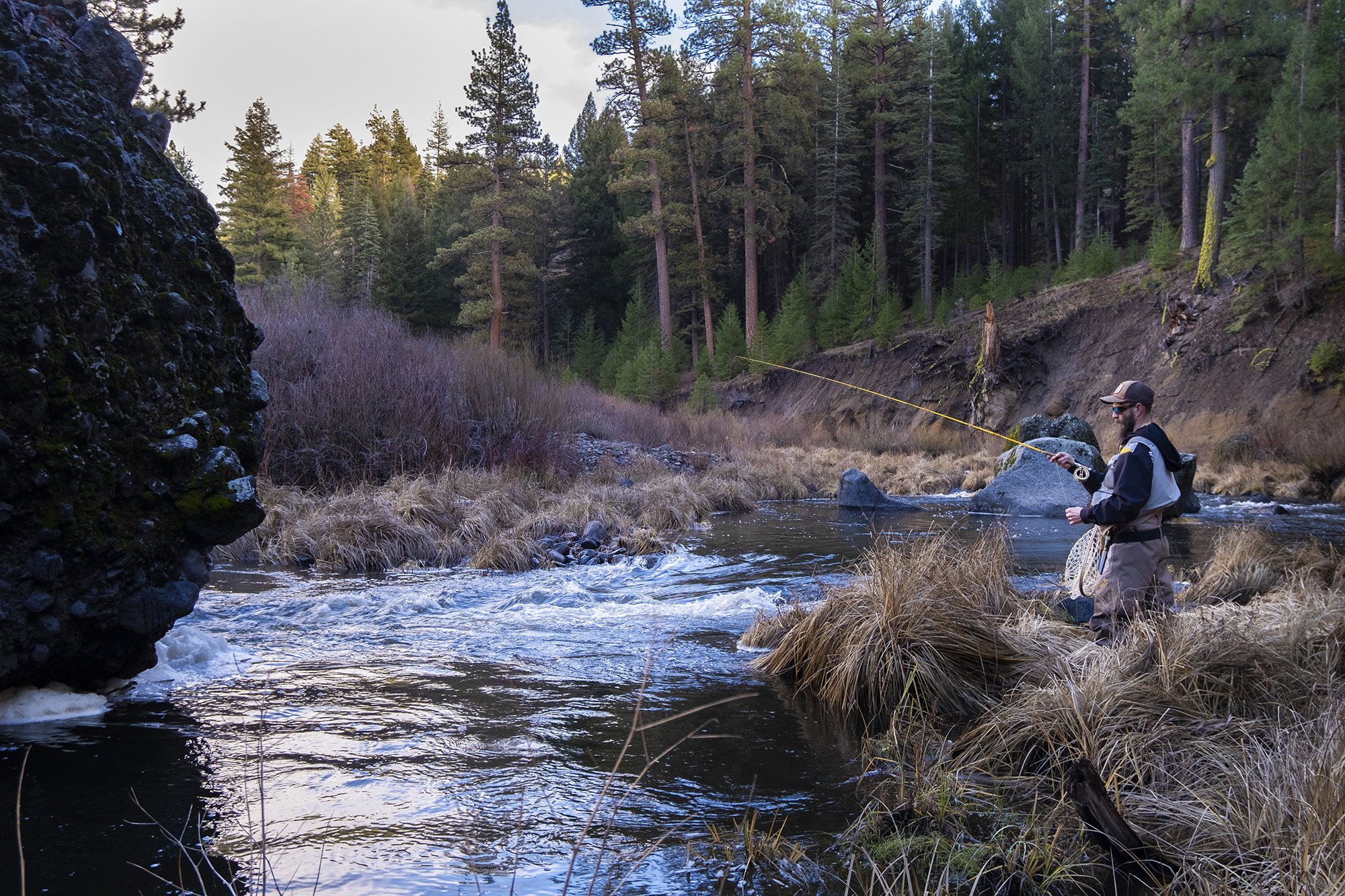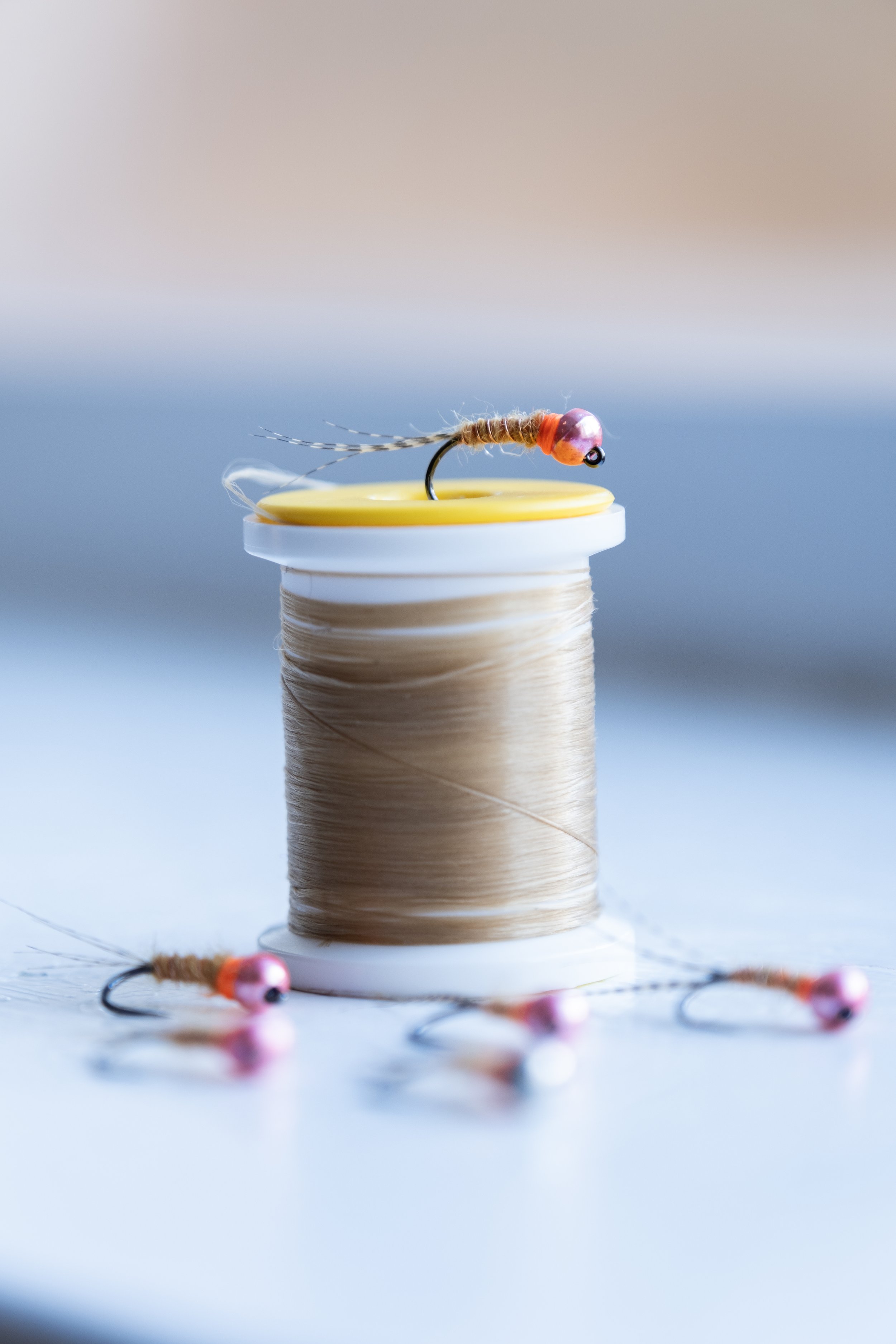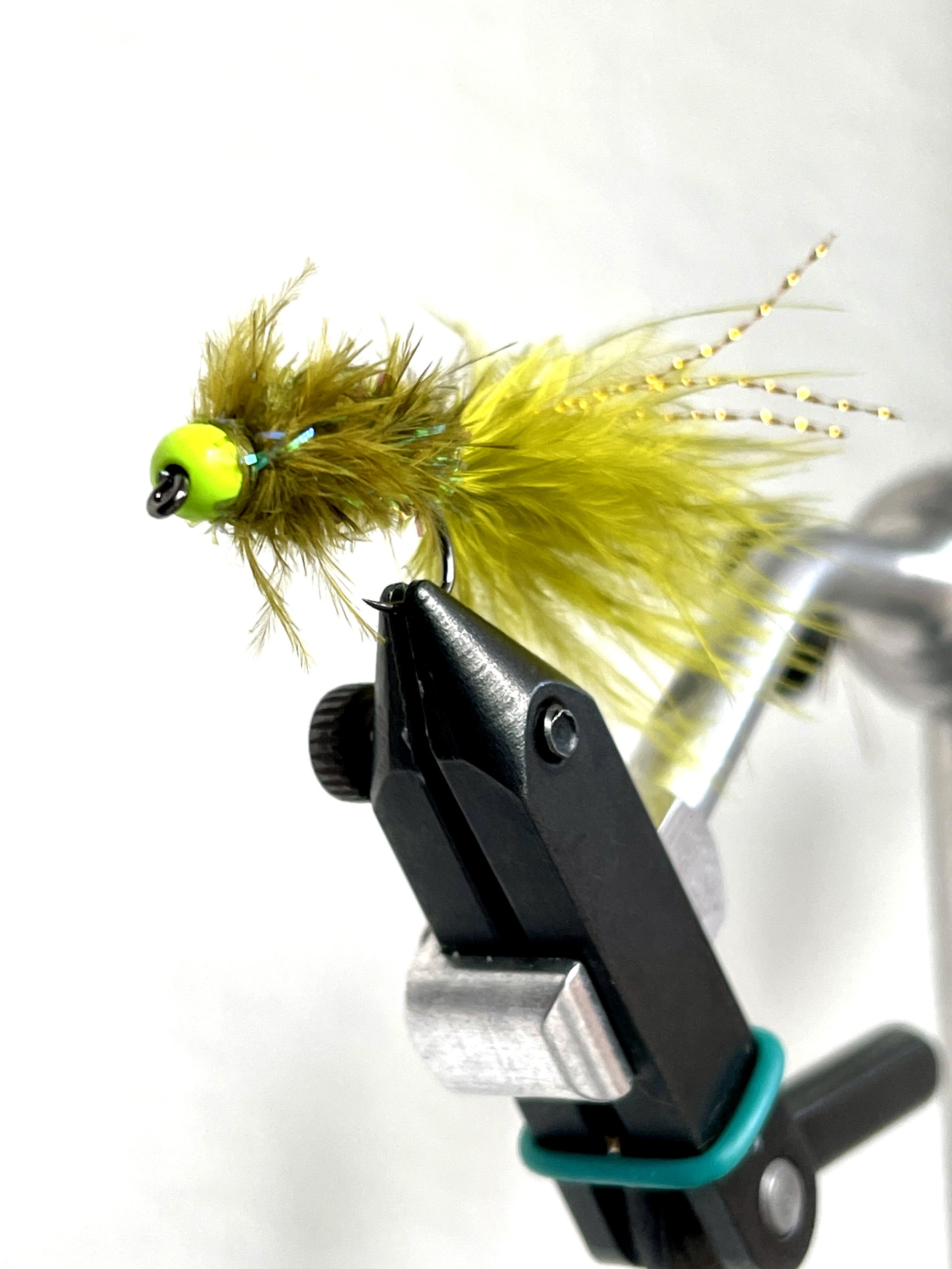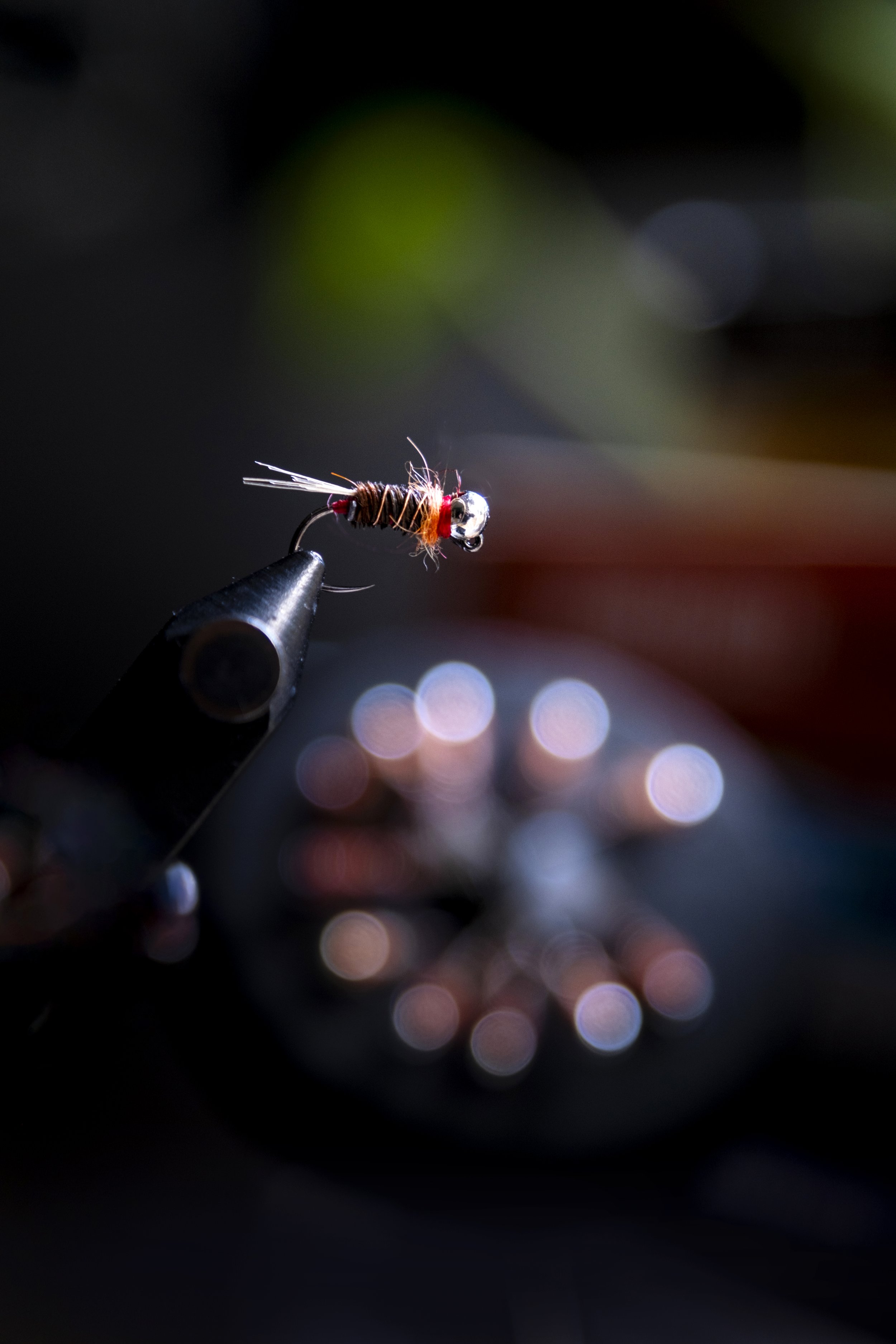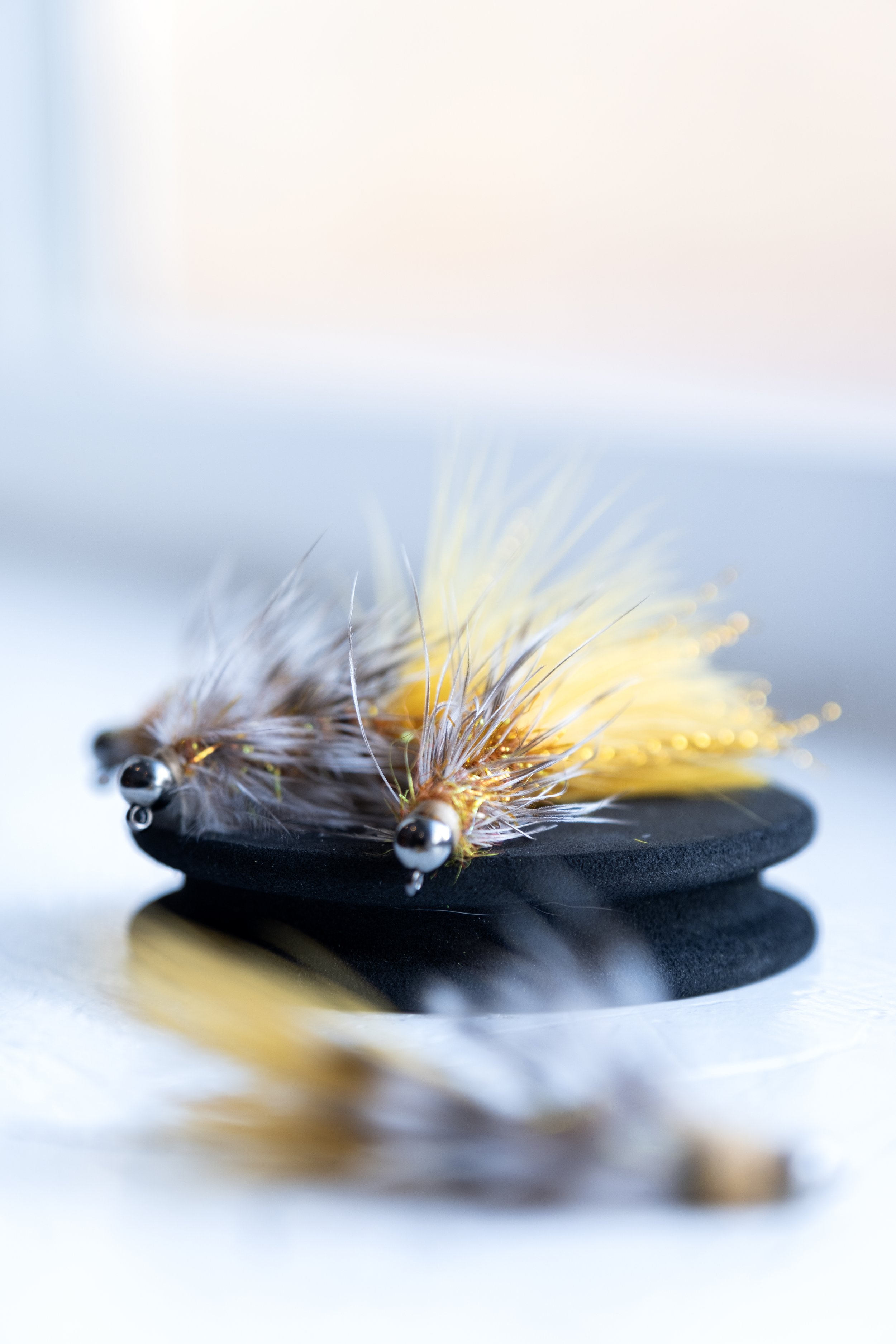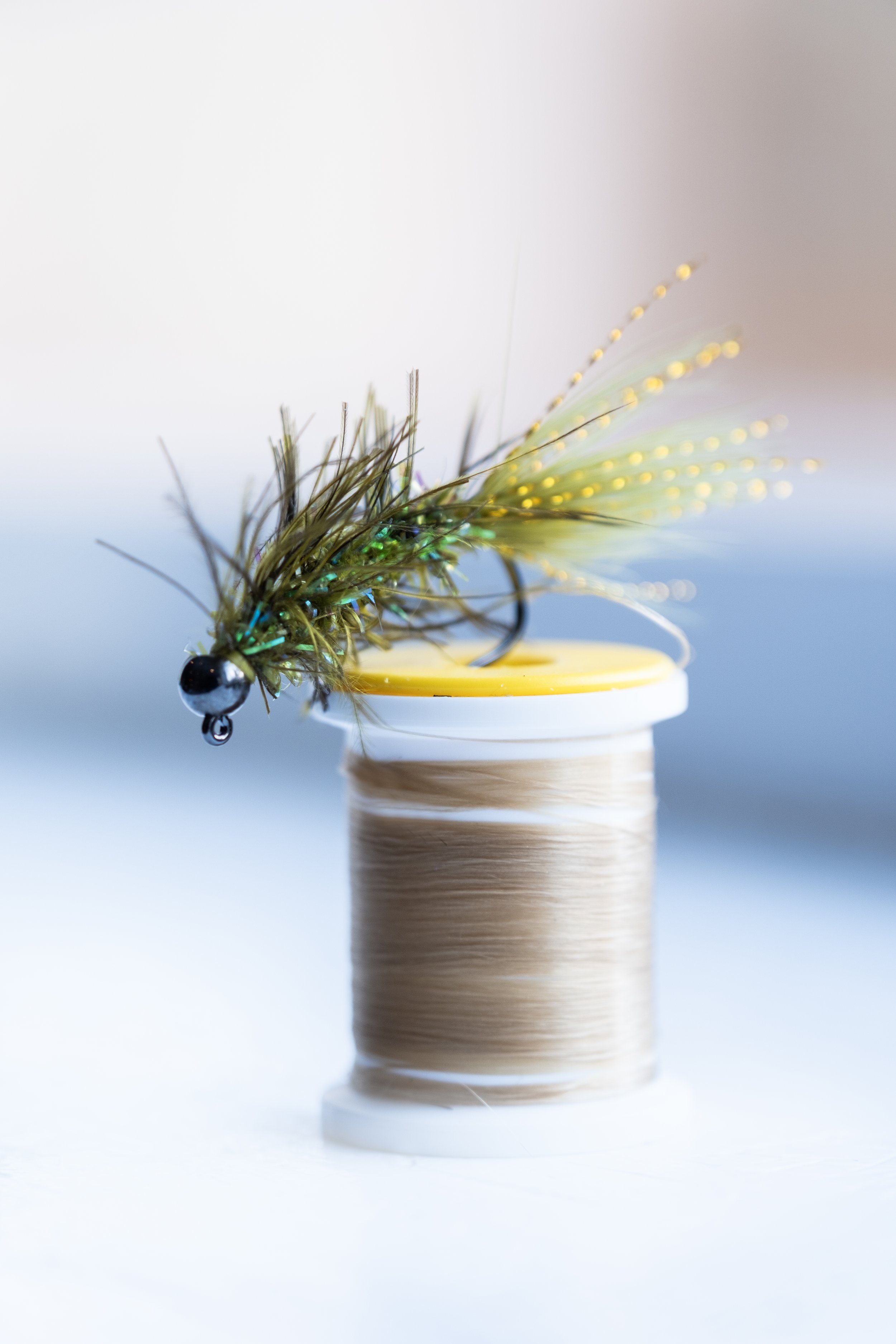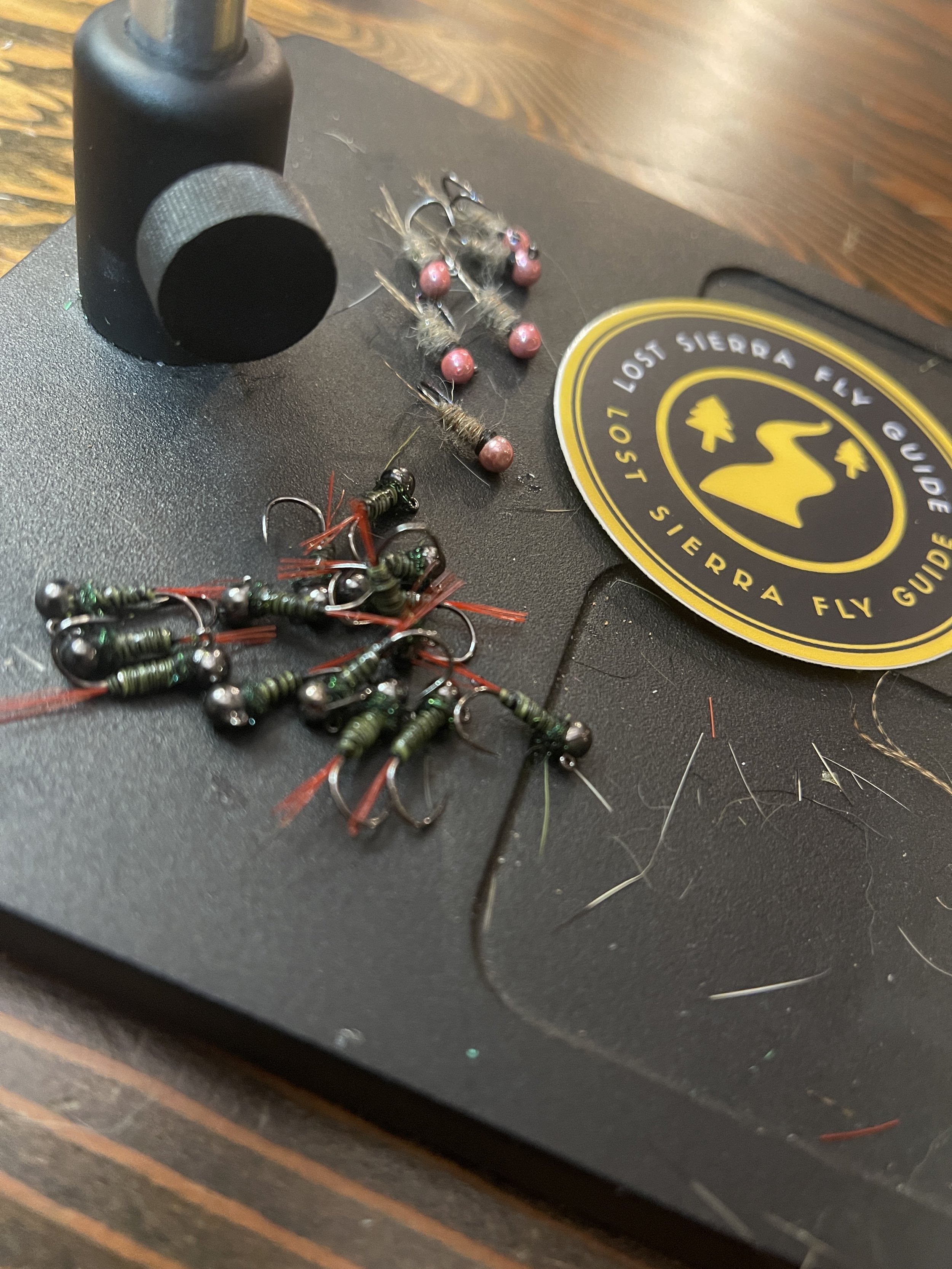The Middle Fork Feather River - The Ultimate Fly Fishing Guide
Check out our YouTube Channel to see short video stories of these adventures!!
About the Middle Fork Feather River
The Middle Fork of the Feather River was one of the first rivers to be nationally designated as a Wild and Scenic River. Plumas National Forests divides the river into three zones, The Wild, The Scenic, and The Recreational areas. The US Forest Service allows guided trips on the Recreational and Scenic zones, and I am one of only six guides who are permitted to guide the Wild and Scenic Middle Fork River. I offer guided trips from just upriver of Clio to Nelson Point under a USFS Special Use Permit.
Breaking down the zones
The wild zone is very remote, rugged, and dangerous. It is made up of cliffs, waterfalls, and huge boulders and is pretty much inaccessible to the average person who is not able to literally climb their way into the steep river canyon. This section is downriver from Nelson Creek to Oroville with only a few access points at Milsap Bar, Cleghorn Bar, and where the Pacific Crest Trail crosses over the river.
The Scenic zone starts above Nelson Creek and spans upriver to the Spring Garden Railroad Tunnel a few miles below the town of Sloat. This section is also very remote with only a few access points, there is only one 4x4 road that winds down to the river after about a 20-30 min drive, and no trails to access the river. I call this the Canyon Section, where we run overnight and day, packrafting trips. This is one of my favorite sections of the Middle Fork Feather River. Primarily only accessible by float trips, this section contains all of the right elements; solitude, world-class fly fishing, remoteness, and challenges! From my knowledge, I am the only Fly Fishing Guide that offers trips in this truly remote Backcountry Fly Fishing location. More info on these trips and this section can be found on Packraft Fly Fishing Page.
The Recreational zone is from Sloat upriver through Mohawk, Blairsden, Graeagle, Clio, and Portola. This section of the river is what I consider the upper and middle sections and is the most fished and populated section of the river. Given Plumas County is a remote unincorporated county, populated is a funny word as The U.S. National Forests makes up 70% of the county. Don’t expect any traffic jams and cell service even in the “populated” areas. Having that said, there are sections in this part of the river that feel very remote, wild, and difficult to access, providing that backcountry feel just outside of town. More on access points to this section below….
What types of Fish are in The Middle Fork Feather River?
Are you ready for some of the best small river trout fishing you could imagine? The Middle Fork Feather River has amazing, wild, and native Rainbow and Brown Trout populations. The native trout have a deep red band that is distinctive and beautiful. The rainbows in the river thrive with the average fish size around 12-16 inches. There are days where 18-22 inch rainbows will be aggressively feeding, making for some of the best small river trout fishing you could imagine!
The afternoon dry fly hatches can be overwhelming at times! With so many fish feeding at once, your dry fly gets lost in the crowd! Although dry Fly Fishing can be a thrill, the most productive way to fish the Middle Fork of the Feather River is by nymphing, either on a tight line, Euro Rig, or using an indicator. The Winter Streamer Fishing can be outstanding, and this winter, 2023-2024, has been one of the best years we have seen since CA Fish and Wild Life Regulations have opened the river year-round to fishing.
In addition to the Redband Rainbows, the river has a decent population of Brown Trout ranging in size from juvenile to large trophy status, that will take you for a ride! The Brown Trout tend to hang out in more fishy waters, stalk their prey, and eat aggressively. I tend to find them in the more remote sections of the upper river, the canyon section above Clio, and down through the middle of the Recreational designated “Middle Section” of the Middle Fork.
Where to fish on the Middle Fork Feather?
The Recreational Zone
I guide both the Recreational Zone and the Scenic Zone but for simplicity's sake, I am only comfortable sharing info on the easier-to-access, recreational zone. If you are interested in the Scenic Canyon section, feel free to reach out, I am happy to share my knowledge but rather guide you in that truly unique zone!
Look for easy access points at Clio, Graeagle, Two Rivers, Camp Layman, Sloat, and Red Bridge Campground. These spots have parking and can be easily accessed by walking or hiking down into the river. From there, you can get on the water walk and wade up or down the river.
Popular Fishing Access on The Middle Fork Feather River
Clio Bridge - work downstream
Blairsden Bridge - navigate up or downstream
Graeagle HWY 89 Bridge Pull-out - limited access up and downstream
Mohawk Bridge Pull out - minimal access up and downstream
Two Rivers (Hwy 70, look for signs to drive down into the river) be aware of the private property across the river, this is the 2 Rivers Soccer Camp.
Camp Layman - access at the bridge and navigate the river up and downstream
Sloat once you cross the river on the old one-lane bridge.
Red Bridge Campground off of La Porte Road - access up and down river
With all of the access points and diversity of the river, there is fantastic fishing year-round. The upper section, Clio to Graeagle, fishes well during the colder months. Once Spring arrives, the Middle Section, Two Rivers to Sloat fishes great with faster flows and more pocket water. Once summer comes around, I am usually down closer to Nelson Point and the Red Bridge fishing in the canyon section as the air temps tend to get cooler than the upper sections of the river. This section is by far more technical and remote, so please plan ahead, do your research, and be safe!
How to Fish the Middle Fork Feather River
The Middle Fork Feather River fishes well all year long but the way you fish is changed based on the seasons
Winter fishing tends to produce some of the bigger fish with water temperatures being cold and visibility low the bigger fish come out to chase streamers. Winter fishing usually starts in November and can carry on into early spring with the snow melt runoff. High, muddy, colder water characterizes winter fishing, rather than the actual calendar date. Streamers, wooly buggers, and jigging the slower water at the seams tend to be the most productive. Access can be limited, I love to float in the winter since I can cover a lot of water at once without having to posthole in the snow!
Spring Fishing starts and stops as the weather warms up, we get snow melt and some early spring storms. Once the water “clears” up, Spring fishing starts, and it’s on! I tight line, Euro Nymph the Middle Fork Feather since it’s the fastest most productive way to fly fish in smaller rivers. In the early spring when the water is still high, I will use an indicator to reach further out into the river and hit all of the seams. Look for walking-speed water, fish it well, and make sure you are getting your flies deep enough!! Be creative! Indicator, Euro Tight Line, Mono Rigs, Dry Dropper, and still stripping that streamer!
Summer - July and August, I fish the lower canyon of The Middle Fork Feather, North Yuba, and its tributaries. I target early morning, late afternoon or creeks to make sure I am not fishing in the heat of the day. Depending on the weather, I stay off the water on hot days. In the early mornings and evenings, the dry fly action can be great fantastic.
Fall! YES! After a quick break in July and August, I am always chomping at the bit to get back on the water in Sept. Once the temps start to drop overnight the fishing tends to turn back on and as soon as the first few rain storms arrive fall fishing lights up and goes strong into early November. Fall fishing is one of my favorite times of the year. The colder days, and the lower mellow light all add up to an amazing time to be alive and be outside in nature. Like Spring, I am mixing things up on the water mostly Euro Tight Line, Dry Dropper, and stripping streamers. I get into some remote places in the Fall since the water levels are lower in the canyon sections making backcountry fly fishing more accessible and safer with lower water levels. Every year I dream about fall!
Middle Fork Feather River Fly Patterns
I tie 90% of my flies - why? I like to fish deep in the water column and I can add weight to the flies I tie making for productive presentations in the Strike Zone with nymphs and streamers.
Hare’s Ears sizes 8-14
Plastic Surgeons sizes 12-14
Frenchies sizes 12-16
Pheasant Tails sizes 8-10
Zebra Midges sizes 14-16
Parachute Adams - 14-16
March Brown -12-16
May Flies - 12-16
Chubby Chernobyl - 14
Wooly Buggers - Green, Brown
Egan’s Poachers - Green, Brown, White
I spend over 150 days a year on the river, covering all of the different sections. I key in on the diversity of the ecosystem, the weather, and flows. I “usually” know where to go at the right time, if you are interested in getting the most out of your experience on the river, let’s connect, I would love to guide you and share with you a memorable adventure!



